Electric vehicle batteries fall into the dilemma of secondary utilization
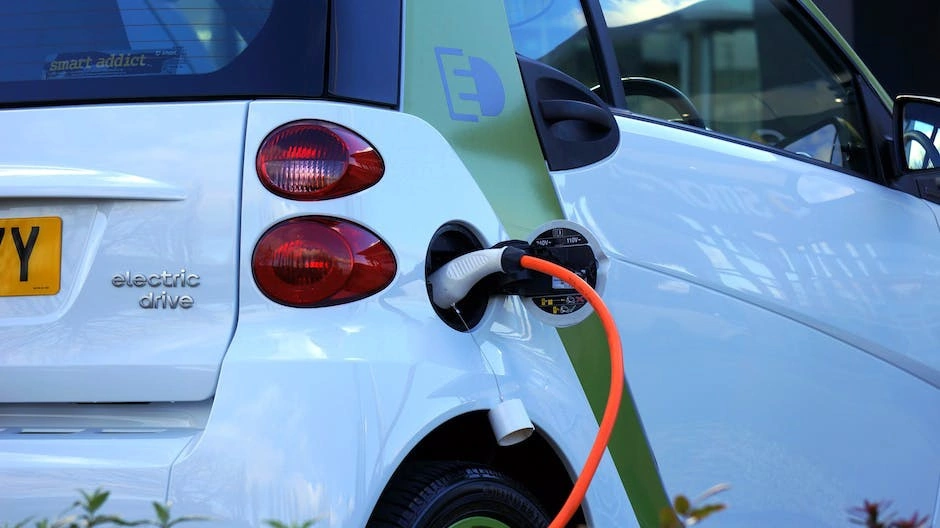
Electric vehicle batteries
Electric vehicle batteries are in the dilemma of secondary utilization: the technology is feasible, but the old batteries are rare.
Carmakers around the world are now touting plans to reuse electric vehicle batteries, leading to the belief that the solution will be another example of a circular economy.
However, Reuters recently wrote an analysis saying that the secondary use of electric vehicle batteries is technically feasible, but the old batteries themselves are difficult to obtain.
Hans Eric Melin, founder of Circular Energy Storage (CES) Consulting, which tracks battery quantities and prices, said recently: “Manufacturers always assume that electric vehicle batteries will only last 8 to 10 years, and then the owner will replace them.
But this assumption is not true. it is wrong.”
Current solutions for reusing energy storage are simple and quite idealistic: In theory, as the battery capacity of electric vehicles drops below 80%-85% after eight to ten years of use, they can be reused to power buildings.
It can be connected to the household grid as an energy storage device to help users reduce peak electricity consumption.
Circular economy investors who believe in this approach have already provided approximately US$1 billion (currently approximately RMB 7.2 billion) in funding to more than 50 startups around the world.
In addition, many automakers such as Mercedes-Benz and Nissan have established their own battery secondary utilization business.
The problem with this solution, however, isn’t that it’s technically infeasible, it’s that there is a lack of supply of old batteries, and the problem shows no signs of easing.
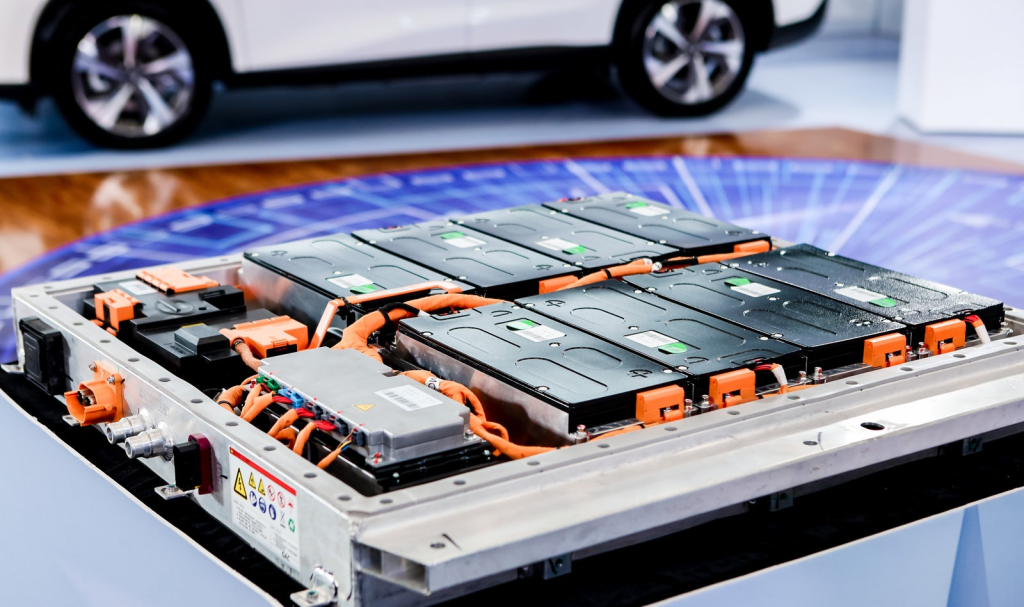
Fuel vehicles
The average lifespan of fossil fuel vehicles on U.S. roads is rising and is now a record 12.5 years, according to S&P, meaning many owners are hesitant to switch for a variety of reasons.
By analogy, many electric vehicle owners will still choose to continue driving even if the battery is “running out of oil and the lights are dry”.
Melin of CES said: “The 80% battery capacity threshold is just an arbitrary given number and does not reflect the actual use of electric vehicles.”
Elmar Zimmerling, automotive business development manager of German secondary battery start-up Fenecon Formerly produced electric vehicles are still in use, and there is currently “virtually no market for secondary batteries”.
Still, the demand outlook for older batteries remains solid.
The Paris-based International Energy Agency has previously estimated that global grid storage battery capacity could rise to 680 GWh by 2030, from 16 GWh at the end of 2021.
The UK alone spends about £1 billion a year (currently about 9.16 billion RMB) shutting down wind farms when the grid doesn’t need power – there’s currently no way to store power due to battery shortages.
But the UK also often has to buy electricity from Europe when electricity is in short supply.
US start-up Smartville has found a solution by buying batteries from electric vehicles that insurance companies scrap.
Because insurers can’t assess the extent of damage to electric vehicle batteries, these batteries, which are often still at almost 100 percent capacity, often end up with the car itself.
The company’s CEO predicts that by 2026, more than 1 gigawatt-hour of recycled batteries will enter the U.S. market each year.
The EV battery recycling and reuse of new energy vehicles will undoubtedly be an industry with great development prospects in the future, which will also help protect the environment, save resources and reduce costs.
While joining the electrification army, we should also pay attention to sustainable development.



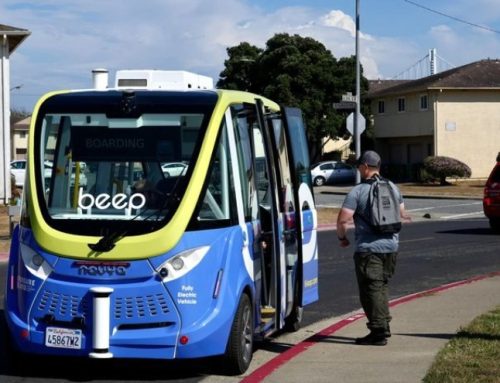
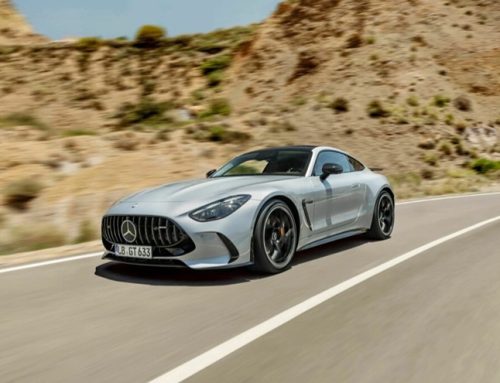

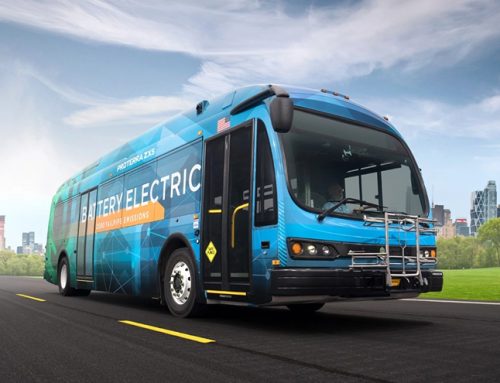
Leave A Comment